This image shows the topography, or shape, of the Earth's surface, on land and below the oceans. Mountain ranges, subduction trenches, tectonic plates, and mid-ocean ridges are all visible in the image.
Click on image for full size
Image from: U.S. Geological Survey
Surface Features
The Earth's surface is composed of large plates that move relative to each other. The plates can move in three directions, with each having different results.
1) When two plates collide, ocean trenches, volcanic islands, and mountain ranges are formed.
2) When two plates move away from each other, rifts occur.
3) When two plates slide past each other, there are faults.
Features such as volcanoes and earthquakes mainly along the plate boundaries.
Most moons and some planets have many impact craters. However, these are rare features on Earth.
You might also be interested in:

How did life evolve on Earth? The answer to this question can help us understand our past and prepare for our future. Although evolution provides credible and reliable answers, polls show that many people turn away from science, seeking other explanations with which they are more comfortable.
...more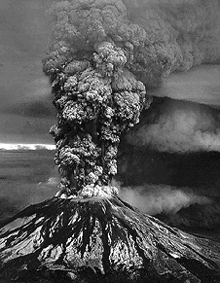
Volcanoes are large eruptions that come from deep in the Earth's core. When they erupt, they spew out lava which flows out until it hardens into rock. There are presently thousands of volcanoes, but only
...more
A lake is a body of water completely surrounded by land. Lakes can either by salty or fresh water. Most lakes are in places where glaciers used to exist. When a glacier moves forward, it carves away a
...more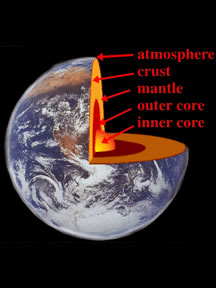
The Earth's interior is made of rock and metal. It has four main layers: 1) the inner core: a solid metal core 2) the outer core: a liquid molten core 3) the mantle: dense and mostly solid rock 4) the
...more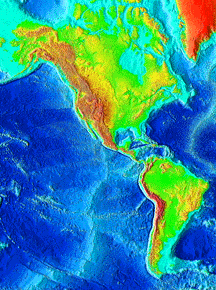
The Earth's surface is composed of large plates that move relative to each other. The plates can move in three directions, with each having different results. 1) When two plates collide, ocean trenches,
...more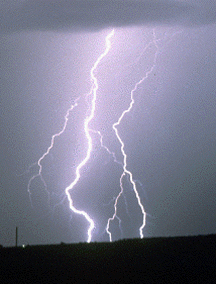
Here's a safe and easy way to make lightning. You will need a cotton or wool blanket. This experiment works best on a dry, cool night. Turn out all the lights and let your eyes adjust to the darkness.
...more
It takes 3 seconds for sound to travel 1 kilometer (5 seconds to travel 1 mile). The next time a thunderstorm comes your way, look out your bedroom window and watch for lightning. When you see a lightning
...more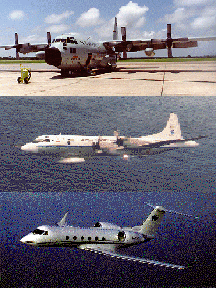
Why do the 53rd Weather Reconnaissance Squadron and the Hurricane Research Division use different airplanes? Actually, they only use two main types. The top two airplanes in the graphic, the WC-130H Hercules
...more













